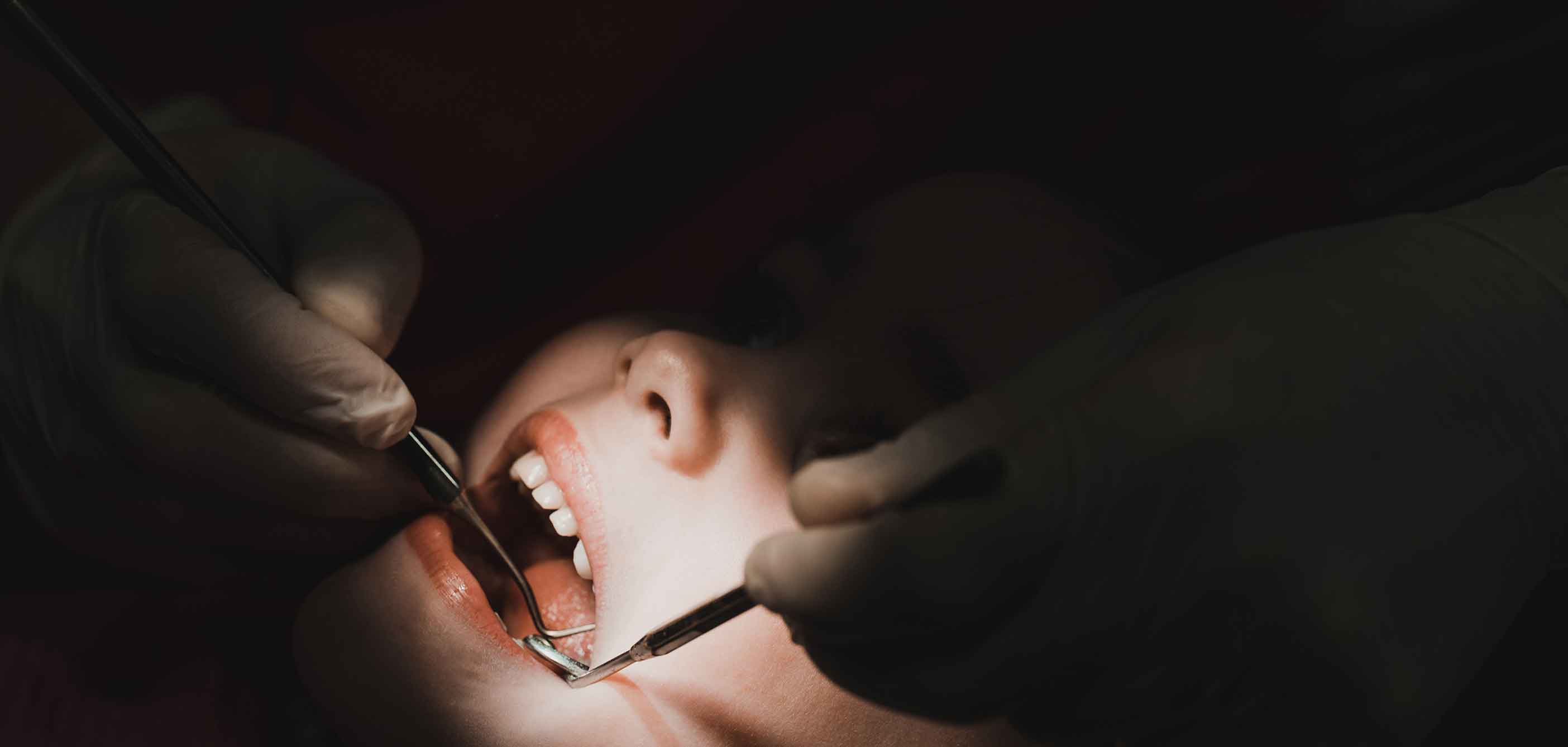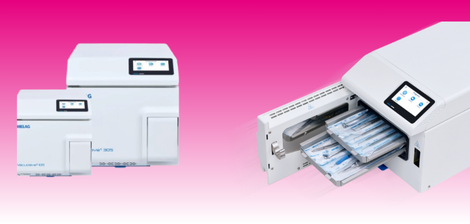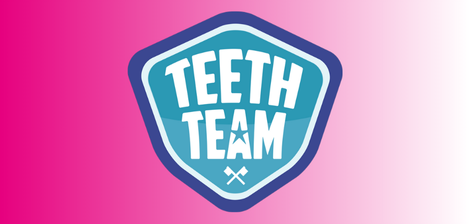No one ever expects a medical emergency at work, but it’s vital to be prepared in the instance that one arises. Dental practices are specialist healthcare environments built to offer comprehensive dental care for their patients, but when patients begin presenting symptoms indicative of an urgent medical issue, the situation can quickly become dangerous. Read on to find advice from the Resuscitation Council, General Dental Council, and our tips on handling medical emergencies in the dental practice.
We offer specialist courses in training and compliance. If you’re looking for in-depth, expert led training on medical emergencies in the workplace, life support at basic & intermediate levels, health and safety, or more, please see our training section.
Preparation:
‘A patient could collapse on any premises at any time, whether they have received treatment or not. It is therefore essential that ALL registrants are trained in dealing with medical emergencies, including resuscitation’ - (General Dental Council ‘Scope of Practice, 2013)
Preparation is the first step in making sure your practice is ready for a potential medical emergency. The range of conditions which could present themselves are vast, from epilepsy, to asthma, to cardiac arrest, so it’s important that you always bear the following steps in mind:
- Check and update your patient’s medical history to be aware of any severe health conditions or medication they take. This should be done at each appointment in case of changes.
- The BDA recommends that at least two members of staff trained in medical emergencies be available during practice in the instance of a medical emergency.
- It‘s also recommended by the General Dental Council that dental team members undertake at least ten hours in medical emergency training every CPD cycle and at least two hours of medical emergency activities every year.
Primary Dental Care Quality standards for CPR:
Dental practitioners and other dental care professionals must be trained in cardiopulmonary resuscitation (CPR) so that in the event of a medical emergency, they can:
- Recognise cardiorespiratory arrest.
- Summon help immediately (dial 999).
- Start CPR, using chest compressions and provide ventilation with a pocket mask or bag-mask device and supplemental oxygen (evidence suggests that chest compressions can be performed effectively in a fully reclined dental chair.)
- Attempt defibrillation (if appropriate) within 3 minutes of collapse, using an AED.
- Provide other advanced life support skills if appropriate and if trained to do so.
These are standards which have been written with resuscitation in mind. However, for other medical emergencies, the following statement from the Resuscitation council is particularly pertinent.
“Those requiring information on medical emergencies encountered in dental practice (other than cardiorespiratory arrest) are referred to the relevant section in the British National Formulary (BNF). Further enquiries should be directed to the Dental Advisory Group of the BNF or the British Dental Association who contributed to the advice within the BNF.”
https://www.resus.org.uk/library/quality-standards-cpr/primary-dental-care
Example of Medical Emergency in the Dental Practice
A patient attends your practice with a toothache. They take a seat on the dental chair, and you quickly review their medical history. No significant issues. An examination is then carried out and you realise their best course of treatment would be to extract a tooth. Following the administration of local anaesthetic, the patient starts to experience the following symptoms:
- Pallor
- Lightheadedness
- Nausea
- Tachypnea
Immediately, you notice these are the symptoms of syncope. Your first priority may be to provide the following care:
- Laying the patient as flat, within limits of reasonable comfort and, in the absence of associated breathlessness, raise the legs to improve cerebral circulation. You may wish to consider the recovery position.
- Loosen any tight clothing around the neck to avoid choking
- Once consciousness is regained, give the patient a sugary drink or food.
- If the patient remains unconscious for more than a few minutes, you should phone 999 or 112.
- Check for the presence of a very slow heart rate (<40 per minute) which may drop the blood pressure. This sudden drop in blood pressure may cause a small seizure.
After this, it’s worth having a follow-up conversation with your patient and, where you deem it necessary, recommending that they talk to their GP about the event.
Principle 6.6 (Standards for the Dental Team, 2013)
As medical emergencies can happen at any time in a dental practice, you must make sure that:
- All members of staff, including those not registered with the GDC, know their role in the case of a medical emergency.
- All members of staff who may be involved in dealing with a medical emergency are trained and prepared to do so at any time. This includes practising together regularly in simulated emergencies, so they know exactly what to do.
- There are arrangements for at least two people to be available within the working environment to deal with medical emergencies when treatment is planned to take place, as previously mentioned.
The GDC also state that registrants must follow the guidance on medical emergencies and training updates issued by the Resuscitation Council (UK).
As previously mentioned, all GDC-registered staff should update their knowledge and skills in resuscitation. Refreshing these skills requires at least ten hours in every CPD cycle and at least two hours of CPD on medical emergencies every year.
In addition to training, staff members must get together to carry out and rehearse different medical emergency scenarios, so as to ensure everyone is aware of the correct procedures and protocols to be followed. Following this training and rehearsal, evidence must be gathered and recorded for audit purposes. Finally, Resuscitation and Medical Emergency training must form a part of all new staff induction programmes.
Conclusion
With thorough training, working within the correct protocols of bodies such as the BNF, and careful selection of equipment/drugs, dental professionals can deliver a patient-focused management plan from their knowledge, skills, and references. This promotes preservation of life, prevents deterioration, and promotes recovery whilst awaiting the arrival of the Emergency Medical Services.
DD offer Medical Emergencies in the Dental Practice and Basic Life Support/AED/Specialised Resuscitation training. Sessions are carried out by our Practice Support Consultant within your own practice environment, all offer verifiable CPD and combine theory and practical elements.
Training Courses - Dental Business Support - DD (ddgroup.com)
Supporting Information:
https://www.resus.org.uk/library/quality-standards-cpr/primary-dental-care
https://www.resus.org.uk/library/quality-standards-cpr/primary-dental-care-equipment-list
https://www.gdc-uk.org/information-standards-guidance/standards-and-guidance/gdc-guidance-for-dental-professionals/medical-emergencies
https://www.gdc-uk.org/information-standards-guidance/standards-and-guidance/standards-for-the-dental-team



